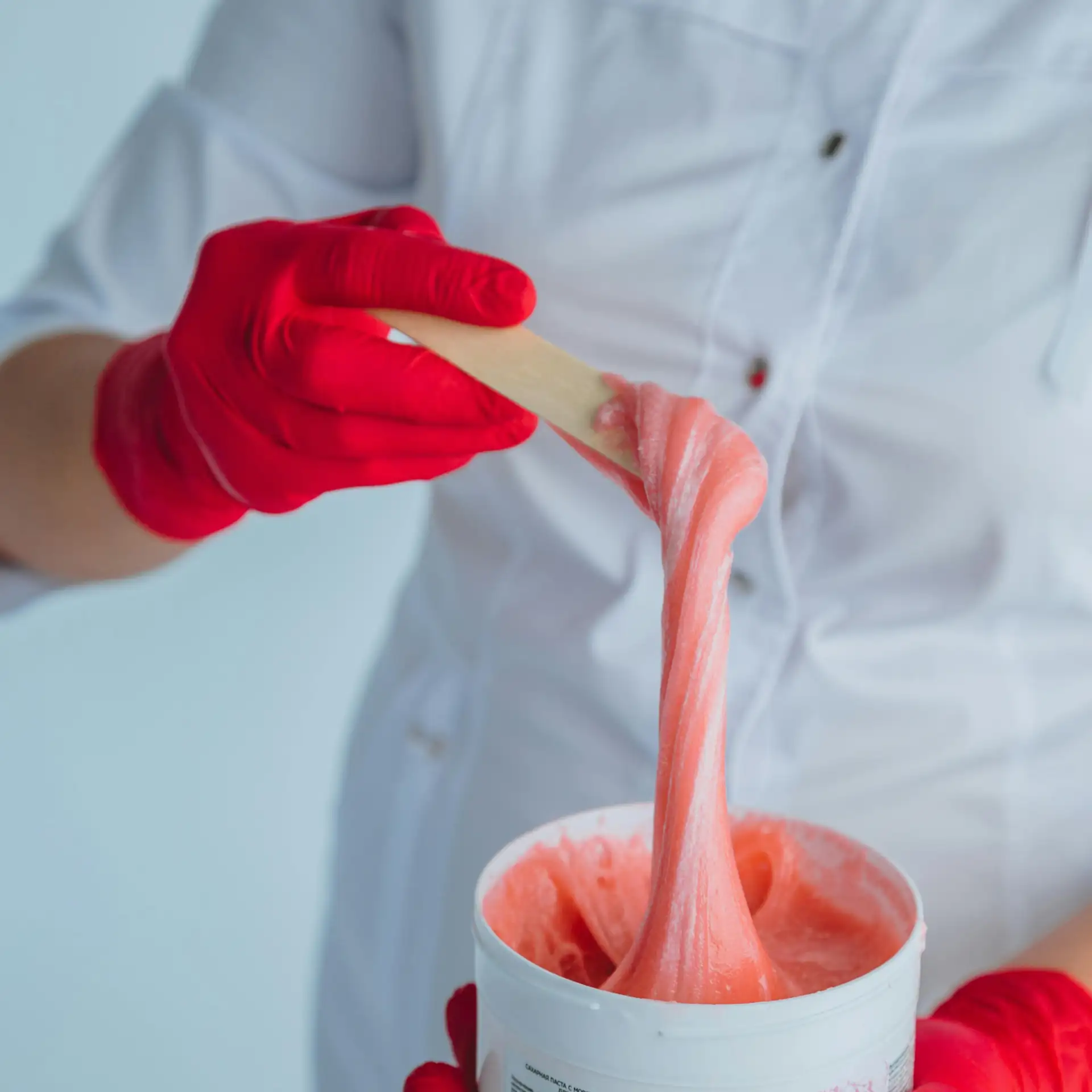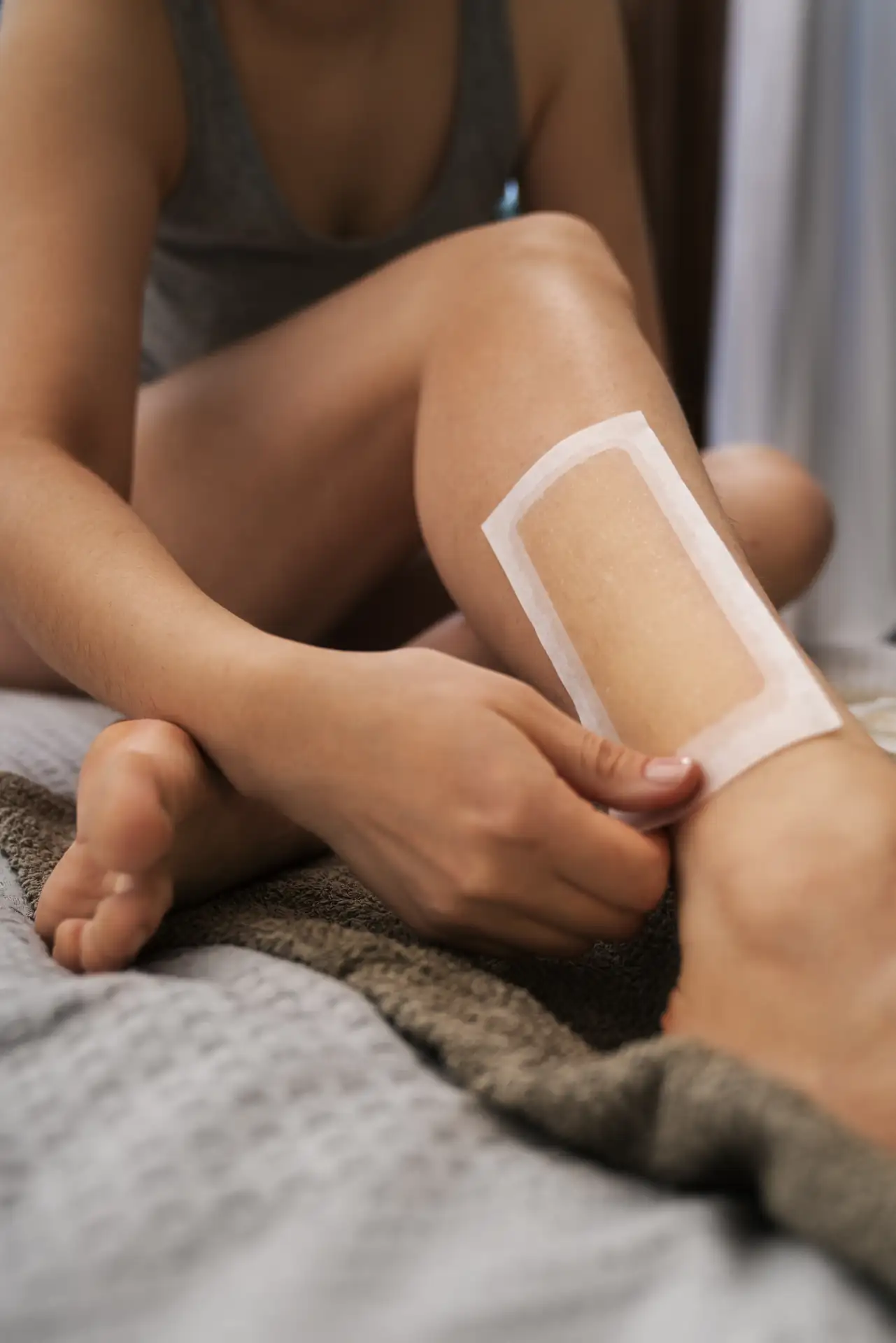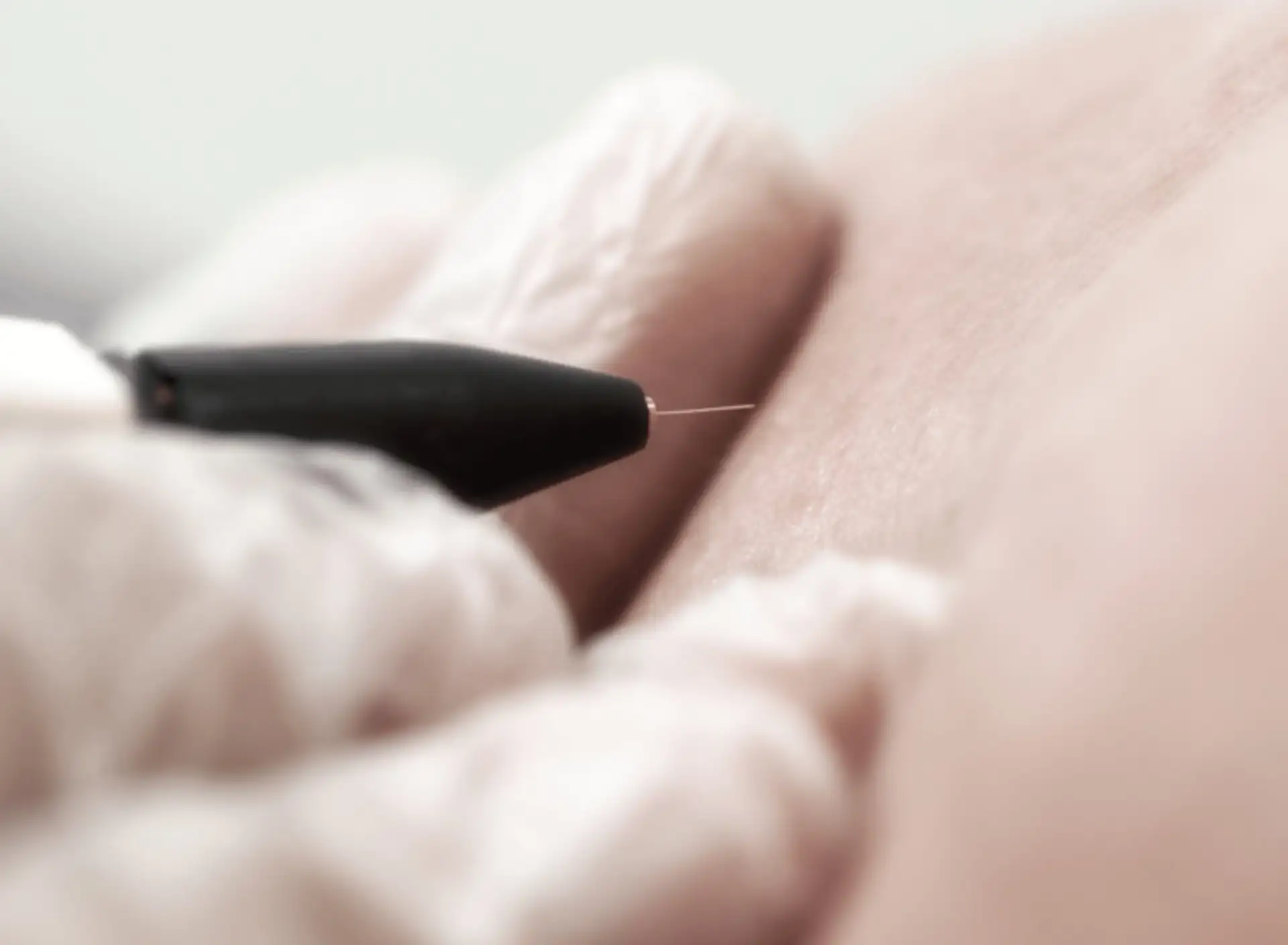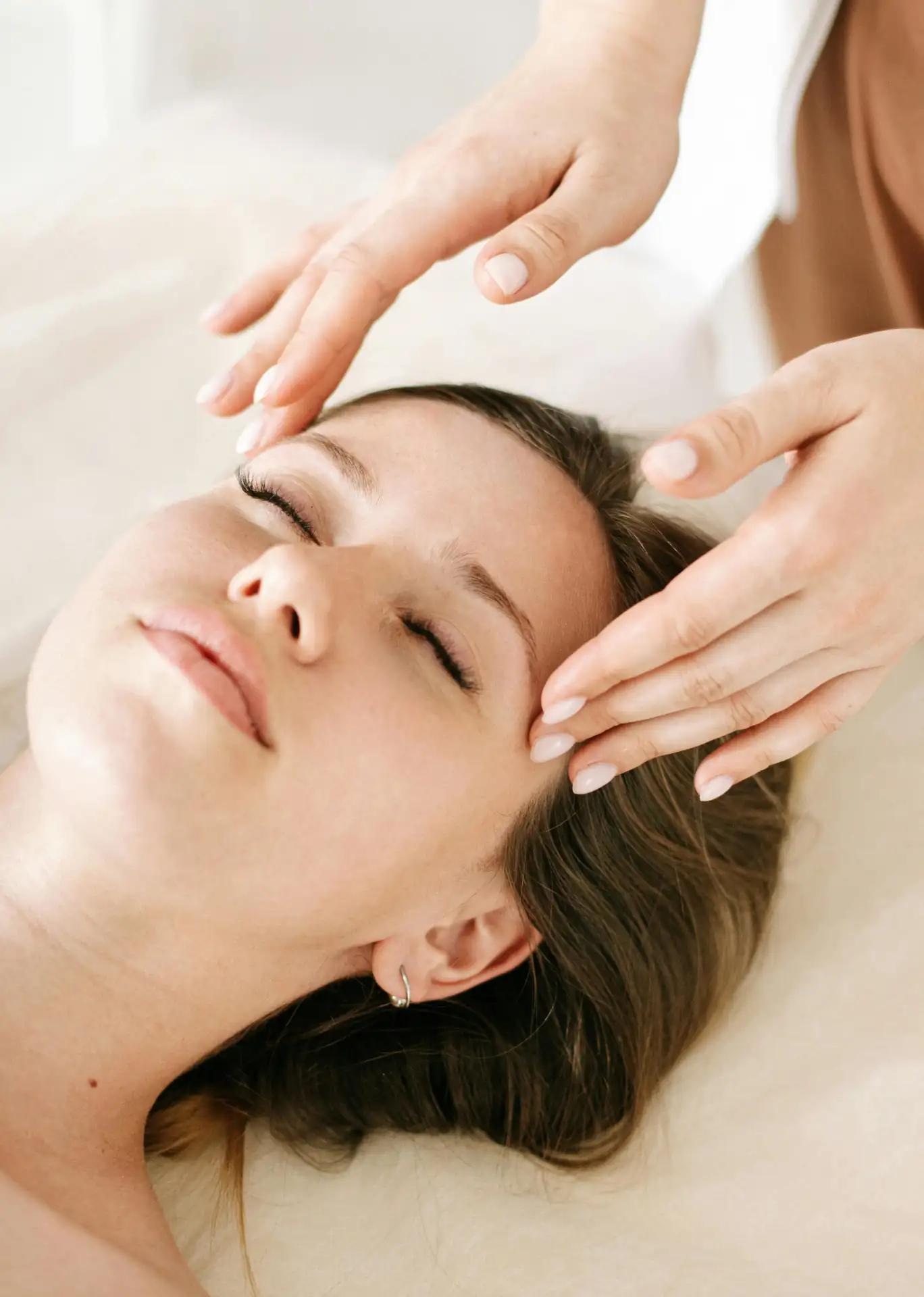
Waxing
Unwanted hair growth, especially in visible areas, often troubles both women and men. Those dealing with this issue face various questions about the available options. The methods to remove hair are divided into temporary and permanent ones. One of these methods is waxing with a roll-on applicator.

The wax is applied when it’s warm but not too hot, pressing gently so that it sticks to dry skin. Special paper strips are then pressed onto the wax in the direction of hair growth. The wax is then removed in the opposite direction of hair growth. The hair should be at least 2 cm long for it to be removed effectively. The result can last from two weeks to a month, depending on the individual’s hair growth rate and the stage the hair was in before removal.
.webp)
When the hair is "new" in the so-called anagen stage, the maximum benefit from waxing can be achieved. The skin will remain irritated for a short time, as waxing is not a treatment for the keratin layer. Hot water should not be used after the procedure. A mild antiseptic treatment should be applied, and the area should be kept protected to prevent folliculitis. After these first few hours, the skin, free of hair and dead cells, is smooth and glowing. For sensitive areas such as the genital area and armpits, it is recommended to use hot wax, which is applied with a spatula and removed by hand without the need for paper strips.

Permanent Electrolysis
Electrolysis is a method where a very fine sterilized needle (gold, steel, or silver) is inserted into the hair follicle. It generates heat that damages the processes inside the bulb that produce the hair. It is one of the most precise and effective hair removal methods, established since 1875. Repeated sessions lead to permanent hair removal.

With the continuous advancement of electrolysis technologies, this method has become comfortable and almost painless. The new machines destroy the hair’s regenerative cells without affecting the surrounding tissues or causing irritation or intense pain, as was the case in the past. With proper technique, it is the only method that effectively removes white and blonde hairs, which laser treatments can’t target. It is perhaps the most reliable and effective permanent hair removal method. The number of visits depends on the extent of the problem and the hair density.

Even after the first session, a significant amount of unwanted hair can be removed. Ultimately, complete hair removal can be achieved, though touch-up sessions every six months or once a year might be needed for sparse remaining hairs. Hair regrowth after the first session typically occurs after 20–30 days. Once the fine needle reaches the hair follicle, a small amount of electric current is applied, which electrolyzes and destroys the root. The hair can then be pulled out with minimal force using fingers or tweezers. This process requires experience and is time-consuming, as each hair must be treated individually at the correct depth to avoid scarring. Therefore, it is mainly recommended for the face, where the number of hairs is smaller compared to the body.

It is the only method for removing white hairs, as the lack of melanin renders laser treatments ineffective, which target this pigment. To eliminate any discomfort, a special anesthetic cream containing lidocaine is applied a few hours before the session. After the session, there is usually some irritation that lasts a few hours, which can be managed with appropriate creams and avoiding water exposure.